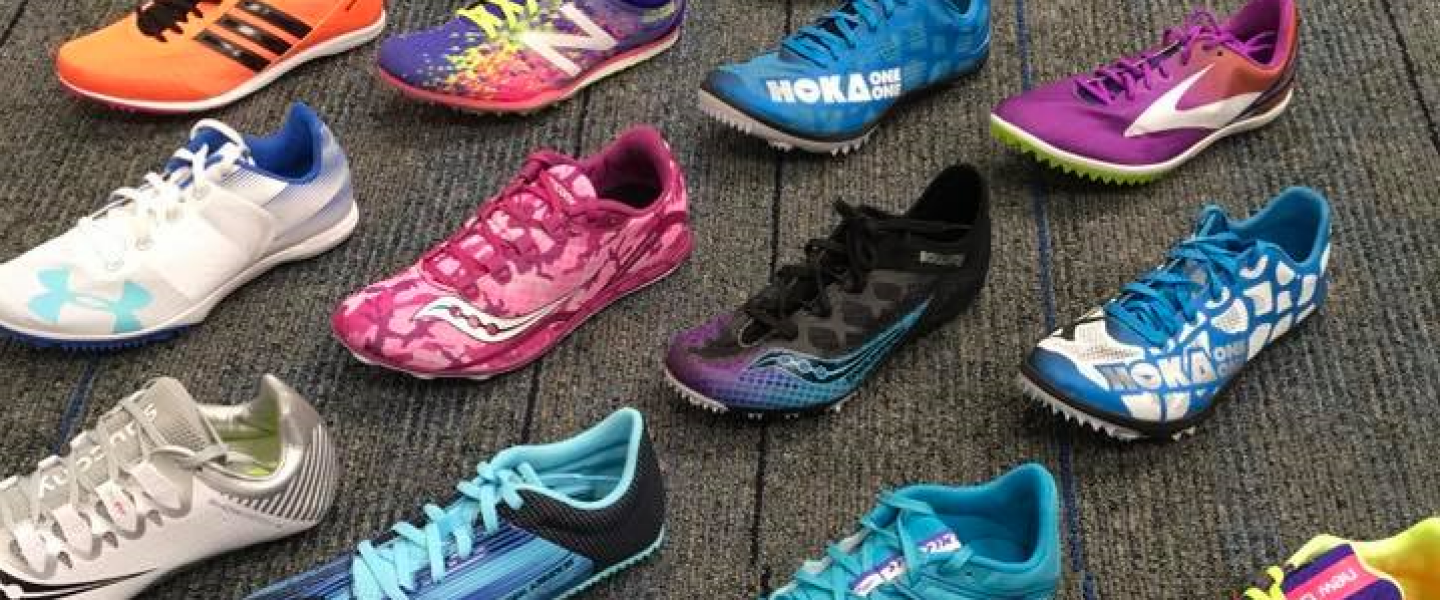
As seasons begin and athletes roll in the door, there are a lot of questions about when to purchase spikes, when to wear them and how long they will last. The shoes and spikes all fit differently, so we will take the time to find the right fit for your feet. Here are a few answers to your questions.
Frequently Asked Questions:
How long do spikes last?
The shoes themselves are designed to be lightweight with a little extra tread to help with traction through grass and dirt, cushion and support are not an area of emphasis within these shoes. The durability of the shoes depends on the runner's individual need for a cushioned shoe and the conditions they run in. Similar to road racing flats a runner can expect around 100 miles out of a pair of spikes. If only used for racing many high school runners can get through two cross country and track seasons assuming they do not outgrow the shoes first.
Can I wear a long distance track spike for cross country?
In most cases the answer is yes. There are some styles of track spikes that use a hard plastic plate for the forefoot while cross country spikes use blown and carbon rubber. The hard styles are only problematic on courses that frequently send runners over concrete sidewalks, paths and roads. Over these surfaces the shoes can be slippery.
Can I wear spikes for training?
Due to the limited amount of support and shock absorption provided by spikes you should speak to your coach before wearing your spikes during faster workouts. Many cross country runners will do interval workouts in racing flats or spikes, but must be careful building up your volume in them.
What size spike goes in the bottom of the shoe?
In cross country the standard is 3/8". In track 1/4". Check with your coach for rule updates since the WIAA does limit the length due to safety concerns.
Will spikes fit tighter than my training shoes?
In length, no. For overall fit around the foot, yes. Spikes are meant to have a very secure fit around the shoe to eliminate wasted material and slop while racing. For sizing, begin with the same size as your regular running shoes and focus on the fit throughout. Even with spikes, a little toe room is a good thing. Be sure to come in and one of our FIT specialists will check the size and fit.
Do I need spikes?
As with all sports there are specific shoes that enhance the experience and maximize performance, spikes work the same way. Compared to regular running shoes, spikes are much lighter and provide great traction for running off-road in various conditions. There is also a psychological component to lacing up your spikes to gear up for a race versus your everyday running shoes. So yes, there are many great reasons for racing in spikes.
Connect With Us
See the latest from Fleet Feet Fox Valley